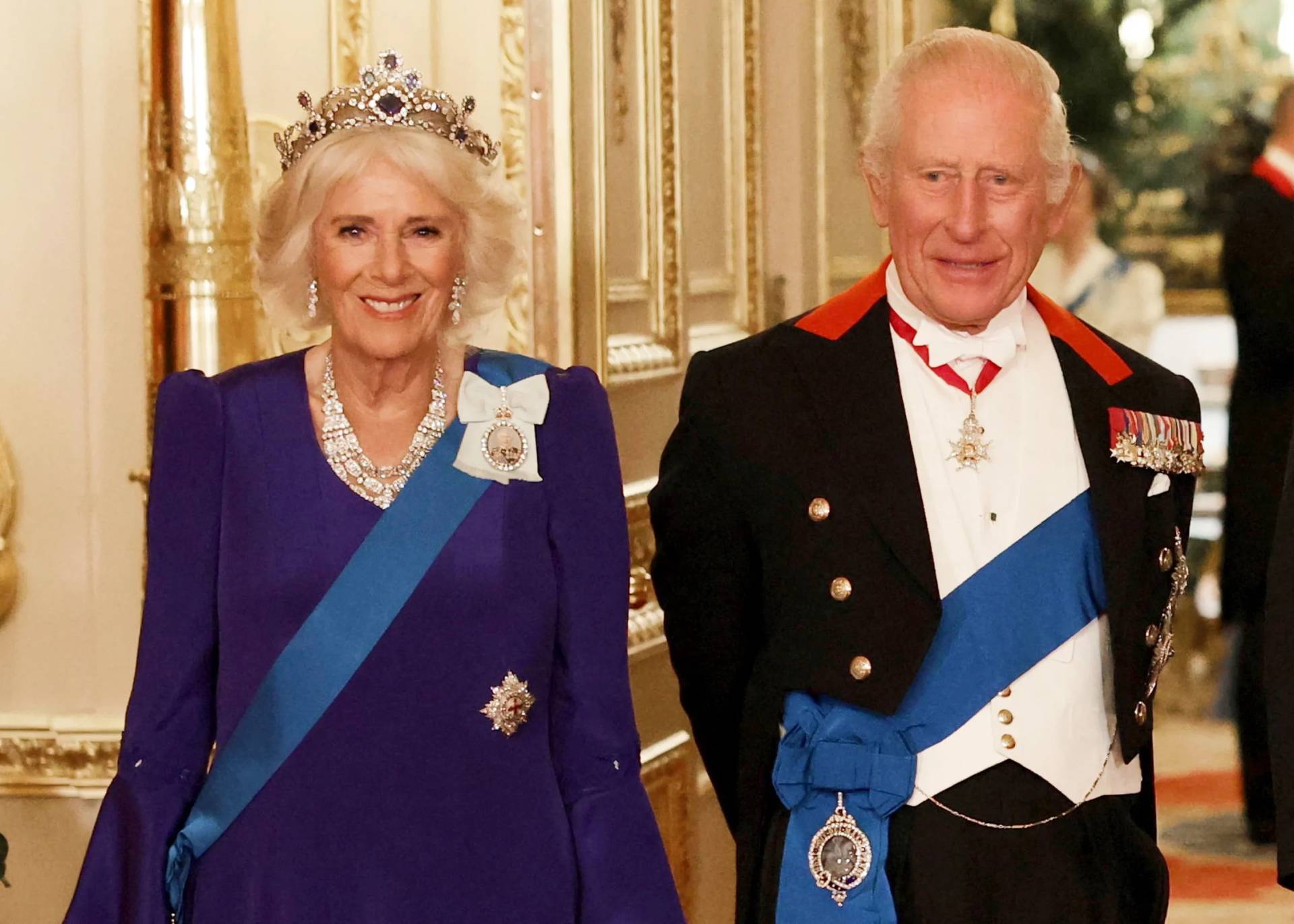DUBLIN, Ireland — The commission investigating the historic treatment of unmarried mothers and their children in religious-run care homes in Ireland has dismissed claims that an underground burial plot was in fact a sewage tank.
When news of the common grave on the grounds of the former state-controlled home run by the Sisters of Bon Secours in Tuam was first reported in the media in 2014, an Irish newspaper claimed up to 800 children who died at the home had been buried in a septic tank. The story quickly circled the globe and caused a wave of anger and revulsion.
However, in an interim report published April 17, the Commission of Investigation of the Mother and Baby Homes said “in the light of a great deal of inaccurate commentary about the Tuam site, the commission considers it important to emphasize what it has established and what it has not established,” the report said.
It continued, making clear that the “human remains found by the commission are not in a sewage tank.”
But, the report also stated that these chambers were not a recognized burial ground or purpose-built burial chamber and that it “did not provide for the dignified interment of human remains.”
Reacting to the report, Katherine Zappone, Ireland’s minister for children and youth affairs, also insisted that there is no evidence that children born in the home were secretly “sold” to American couples as has been alleged in some media reports.
The report said there “is little basis for the theory that rather than having died, the children were ‘sold’ to America.”
Zappone said there is “no evidence whatsoever that could support that theory.”
The report includes findings in relation to the Tuam home burials, which were uncovered and publicized by local historian Catherine Corless.
The report noted that “the Sisters of Bon Secours who ran the Tuam Home were unable to provide any information about the burials there.”
“The commission is surprised by lack of knowledge about the burials on the part of Galway County Council and the Sisters of the Bon Secours,” it said.
In relation to some other homes, the commission also expressed surprise that while there were records of the deaths, some of the religious congregations involved had no information on where children who died in the homes were buried.
Zappone said there may be people in local communities who have information about the burials. She appealed to those with knowledge of the practices at the institutions to “let us know where they are buried.”
“Please come forward, tell the truth. Let us acknowledge the truth that they lived and died,” she said.
During his visit to Ireland in August, Pope Francis met with former residents of the institutions who told him of their experiences. He later wrote to Zappone, saying he is praying that efforts by the government and the Irish Church will help “face responsibly this tragic chapter in Ireland’s history.”
At a news conference in Dublin April 17, reporters asked Zappone if the pope can play a role in encouraging members of religious congregations who may have information on burials at the institutions to come forward.
“He is their leader or the leader of the religion which they ascribe to now as well as during this period. … I think that it would be helpful and wise for them to again consider his words,” she said.
Infant mortality in Ireland in the 1930s and 1940s registered at about 7 percent, as high as countries in sub-Saharan Africa have now. For much of the period covered, mortality rates among so-called “illegitimate children” was five times that of the rest of the population.
The commission is due to issue a final report by February.















